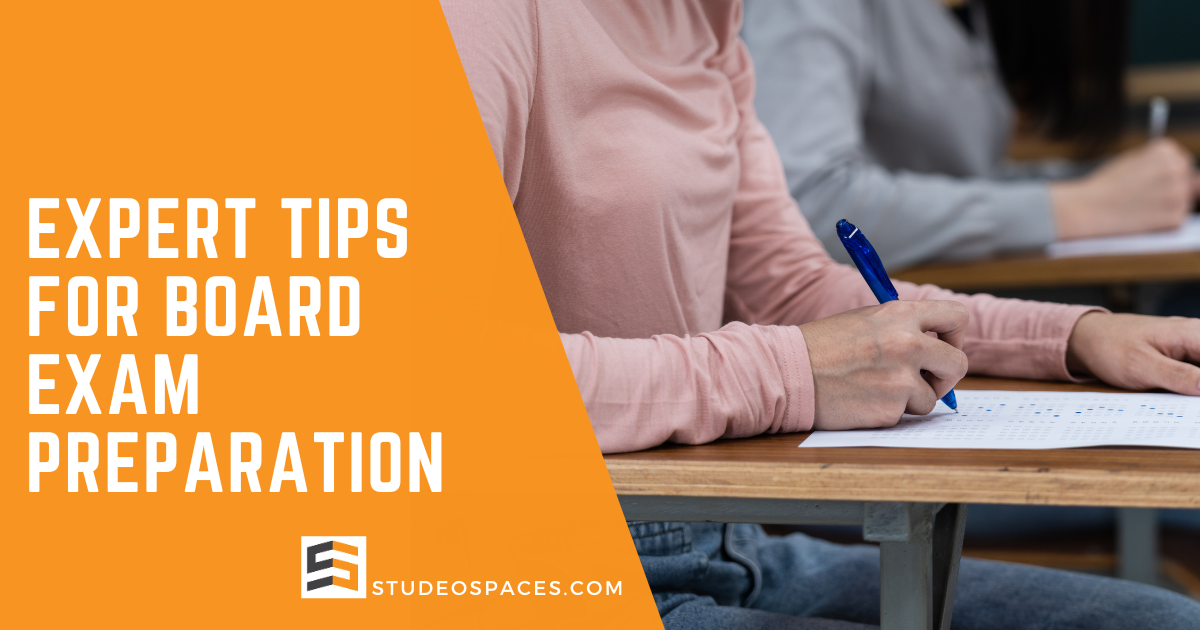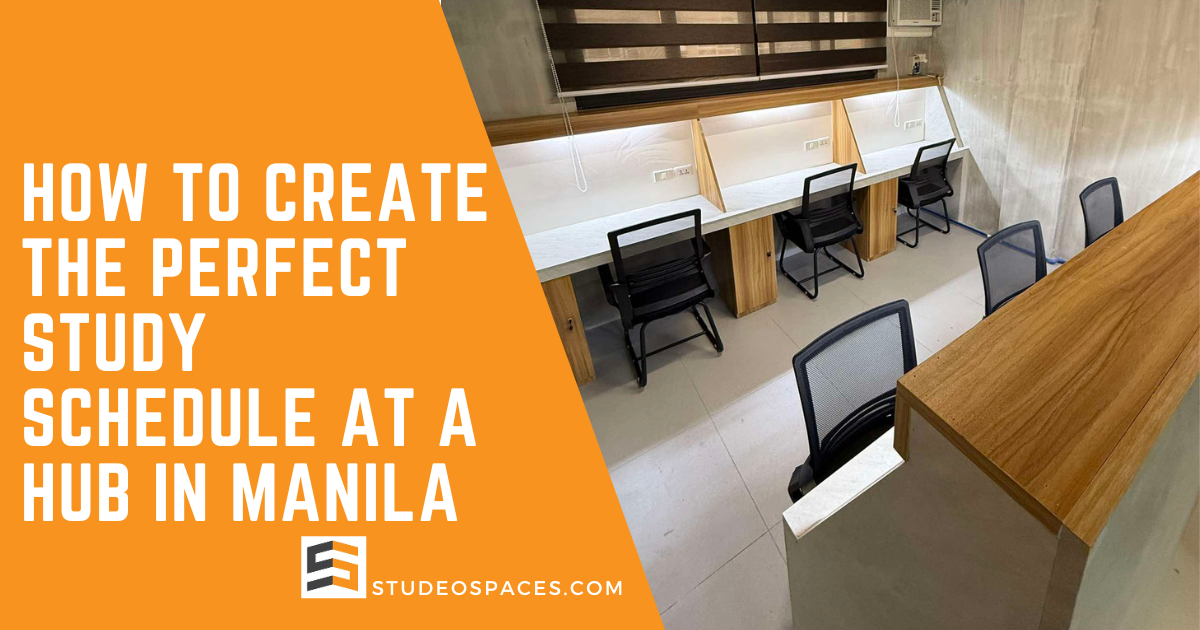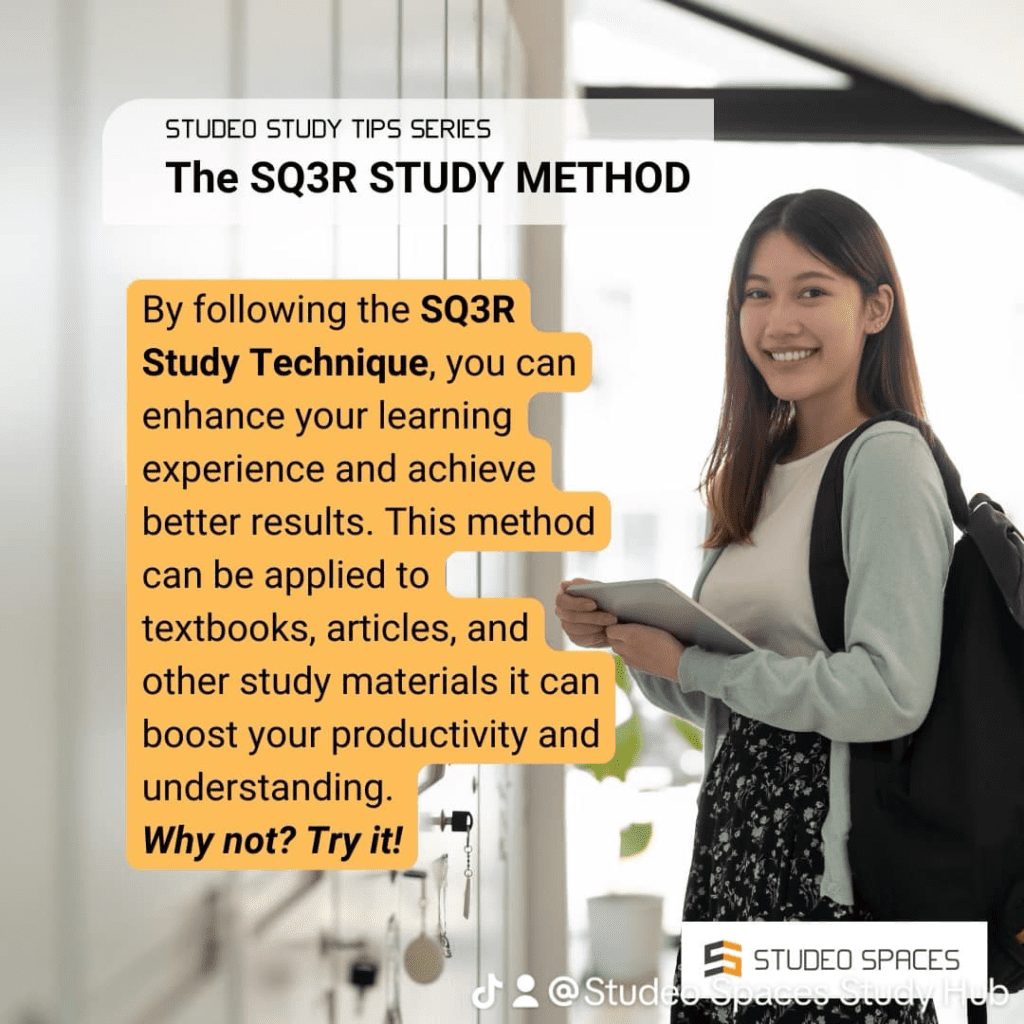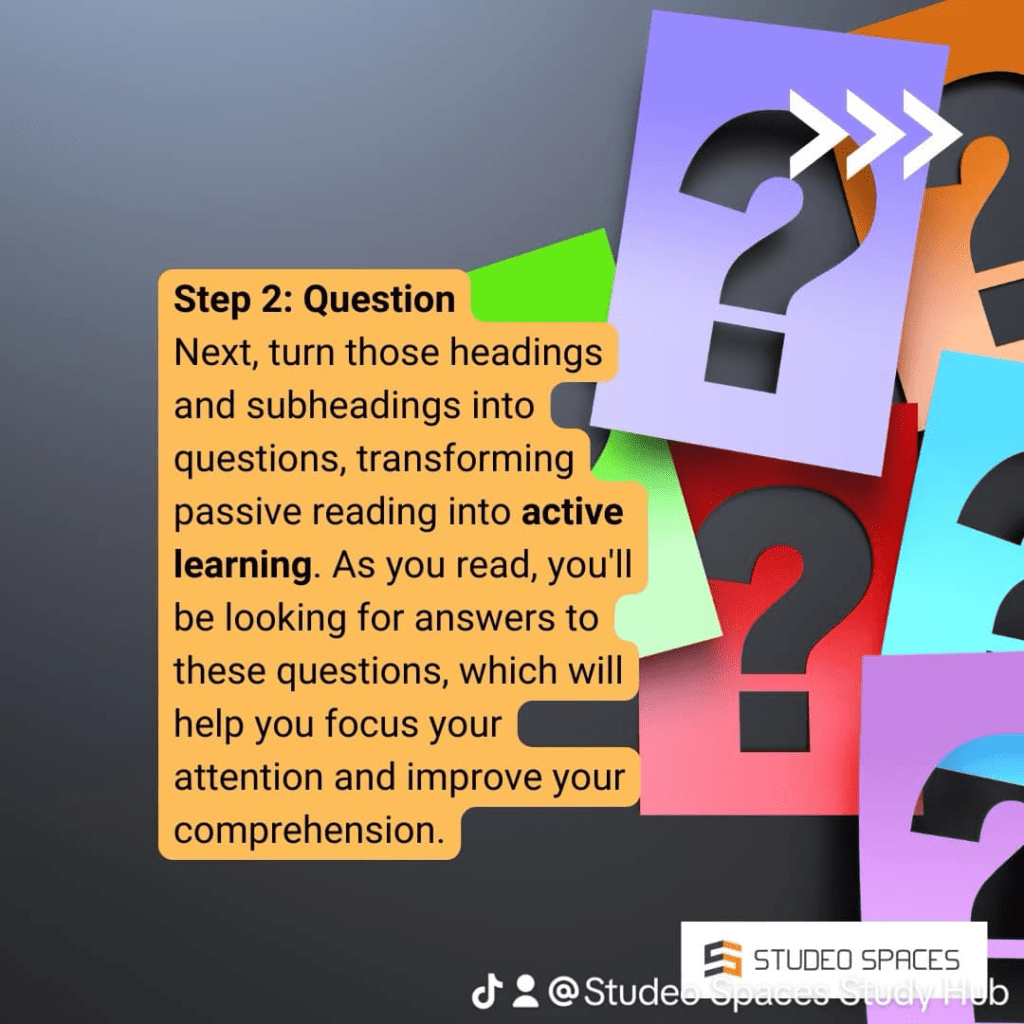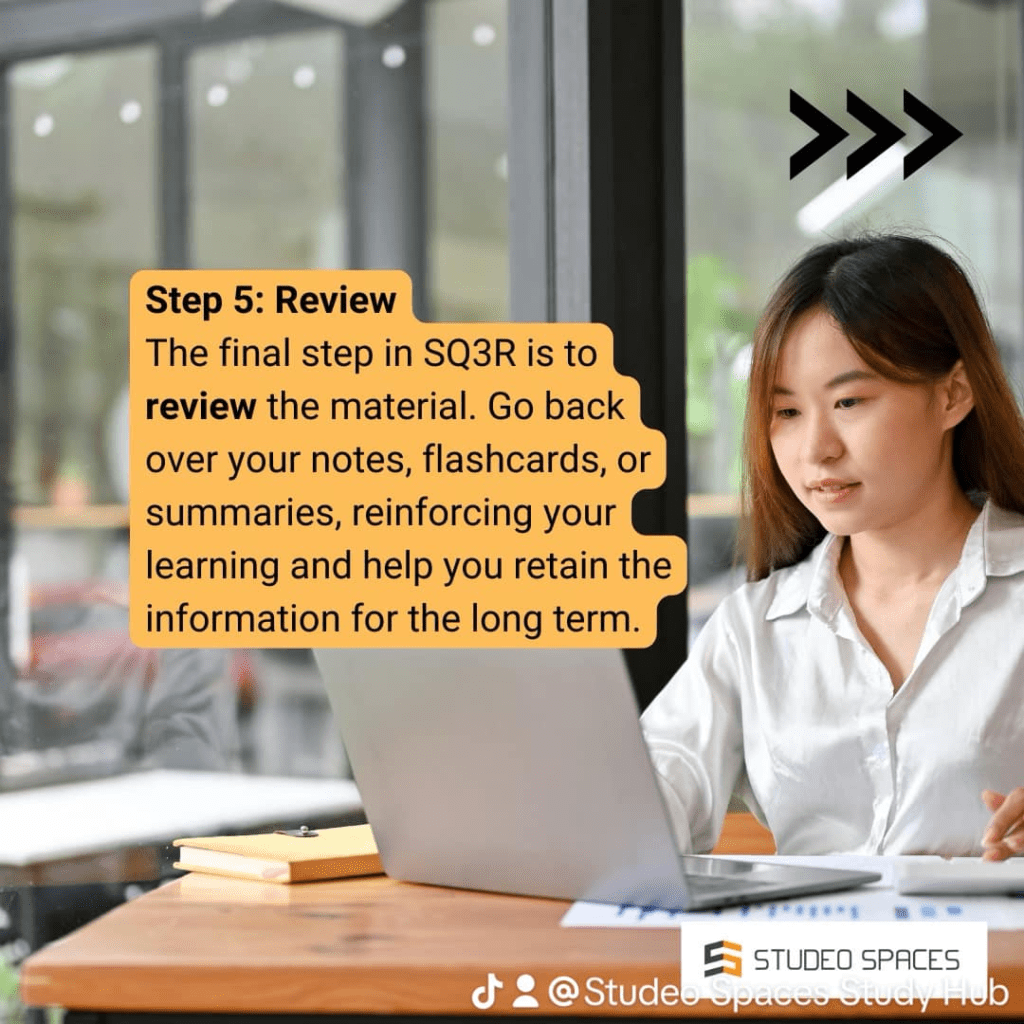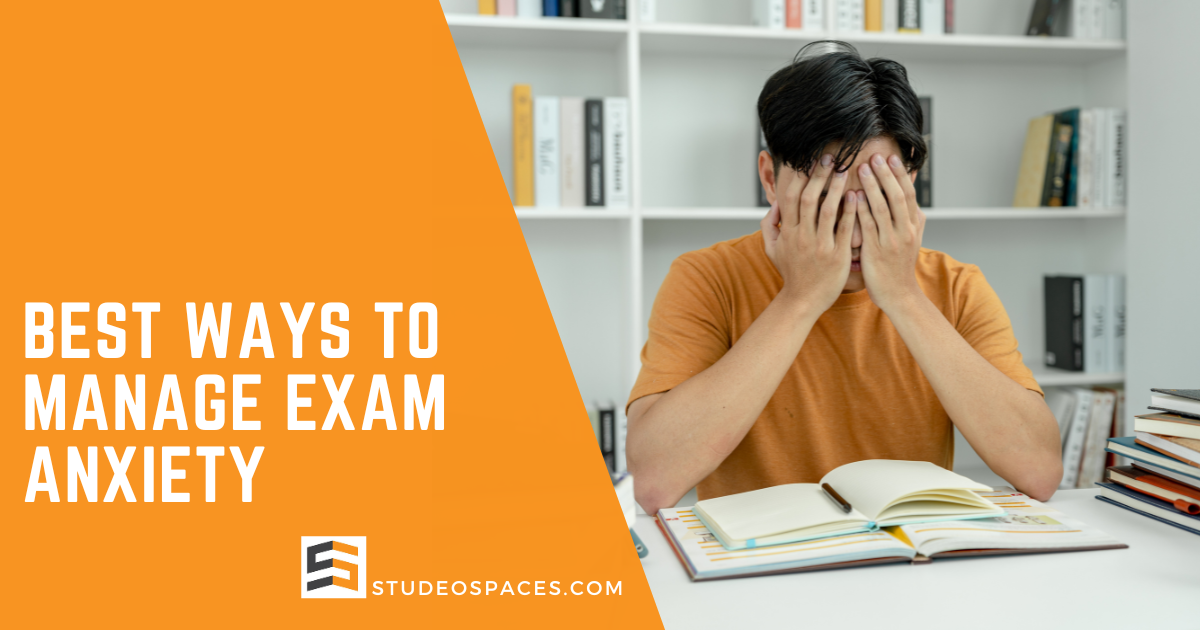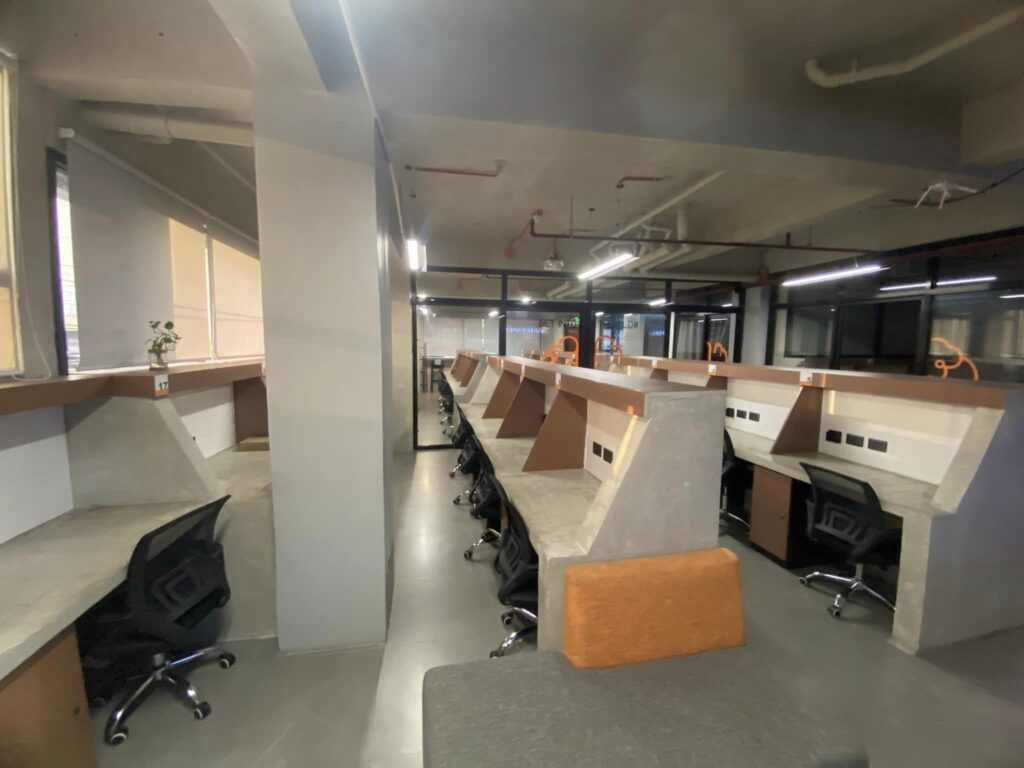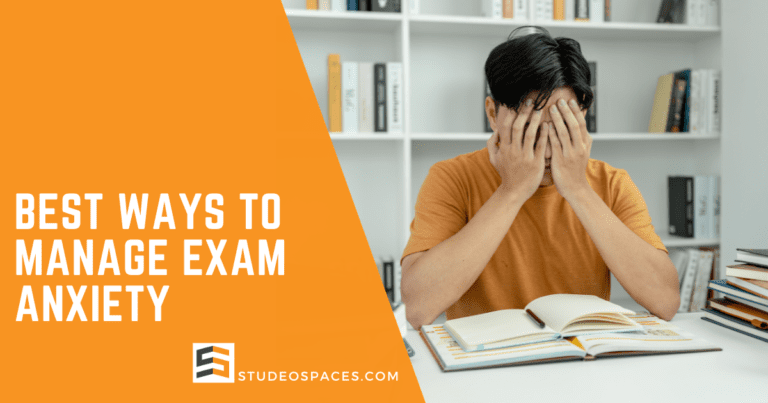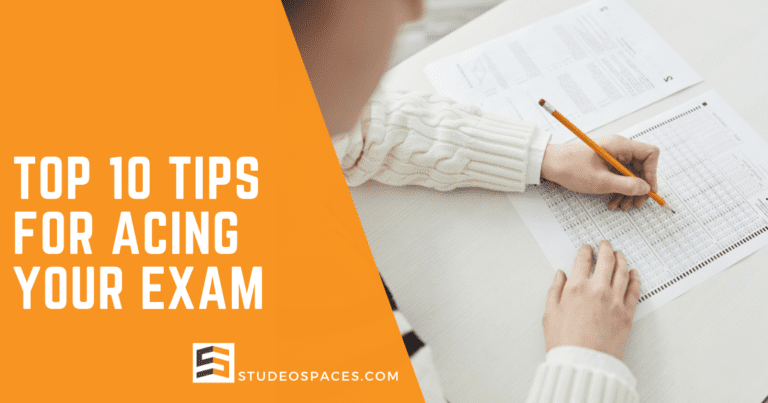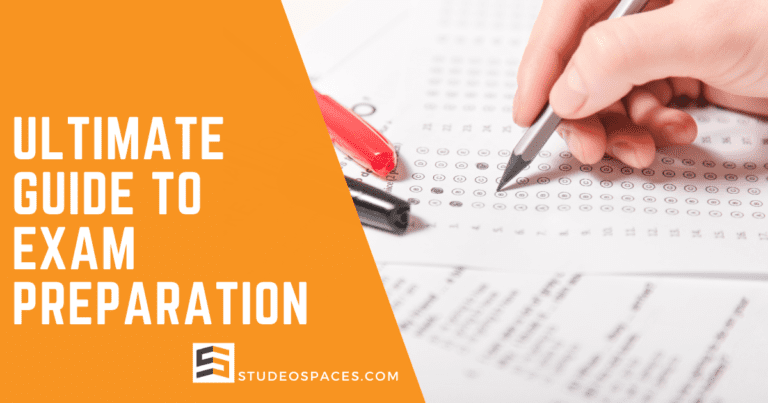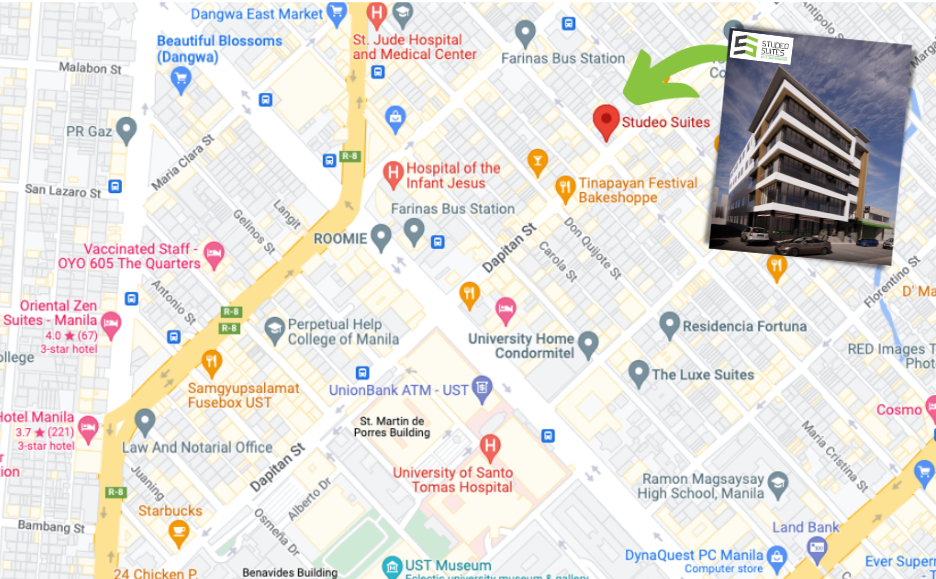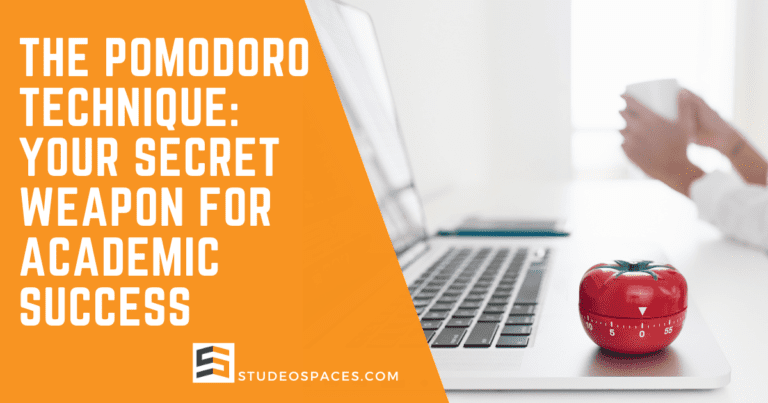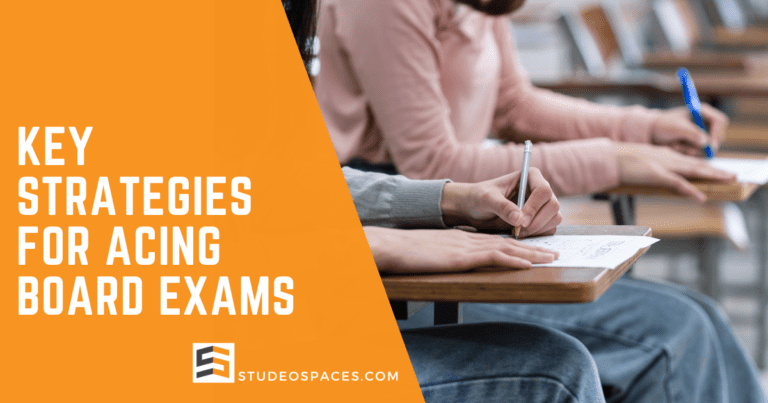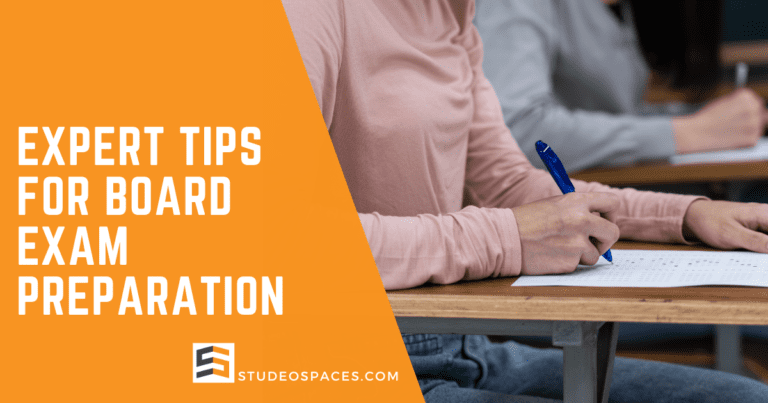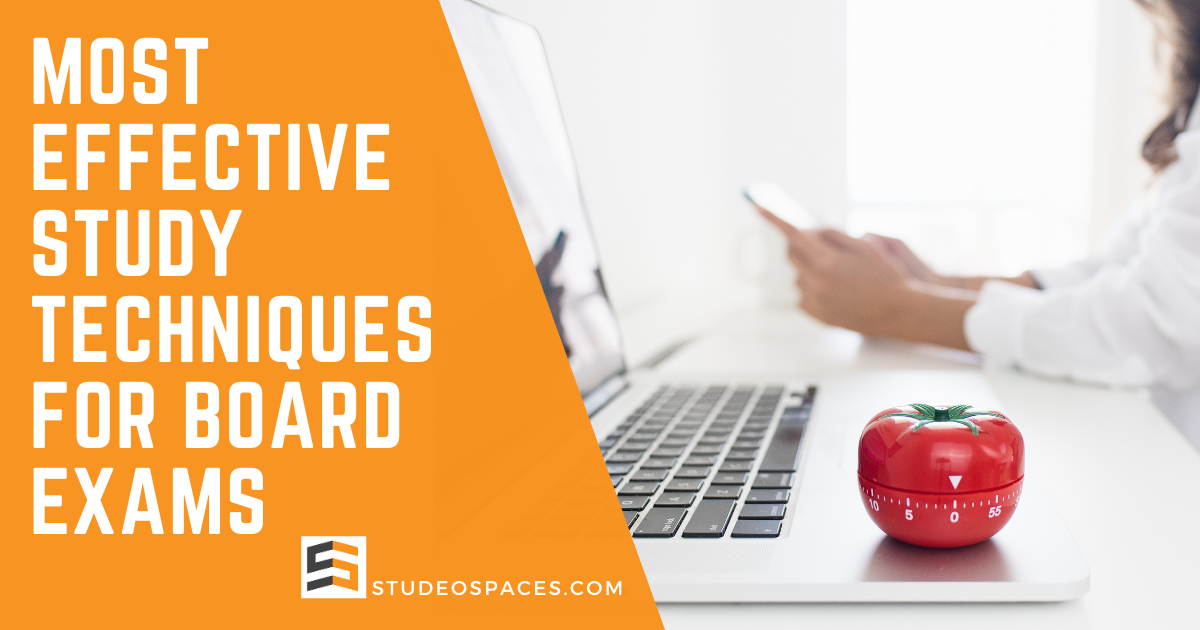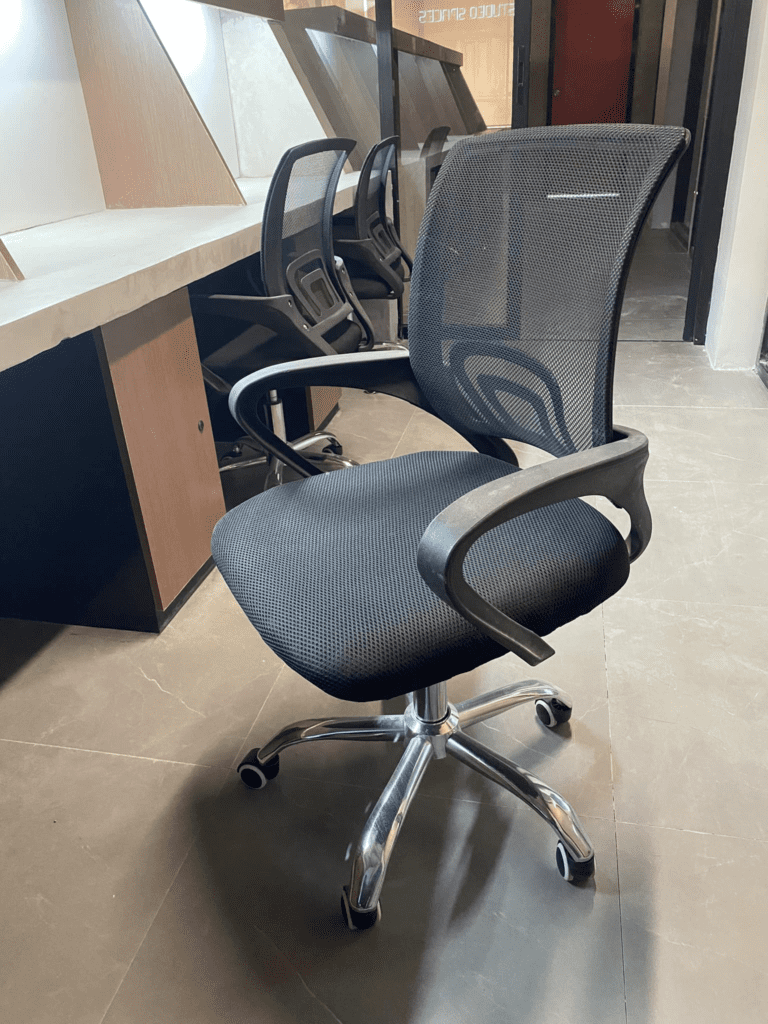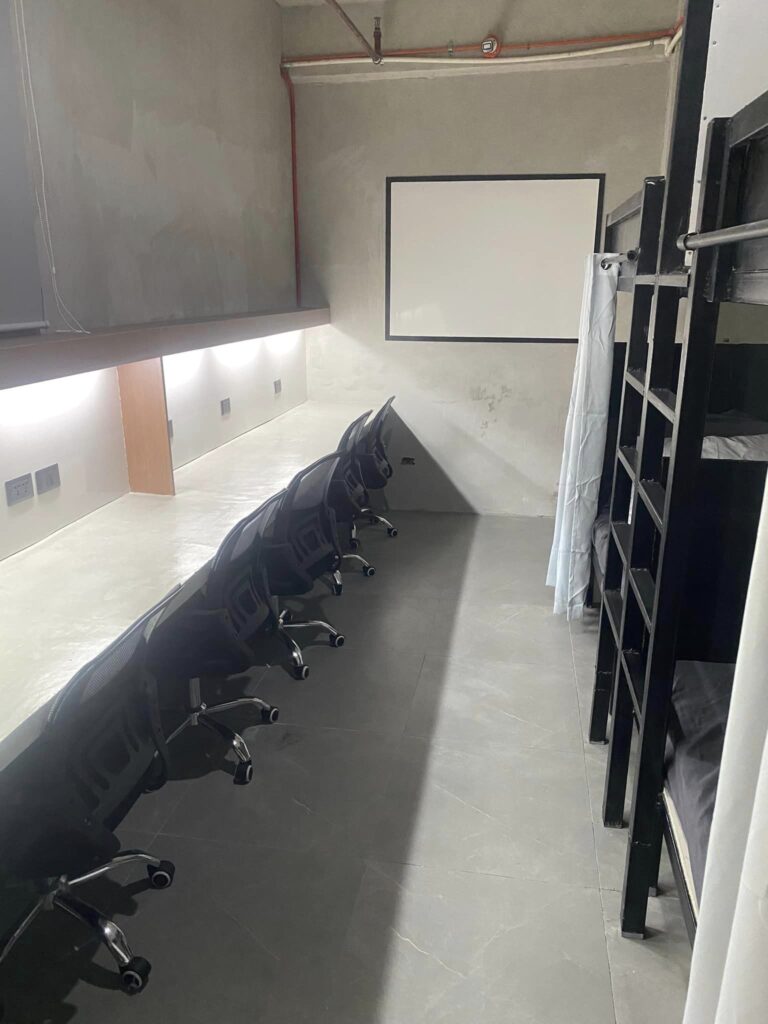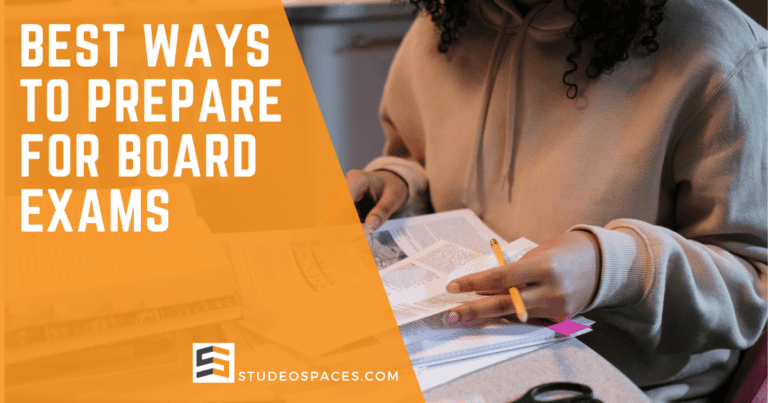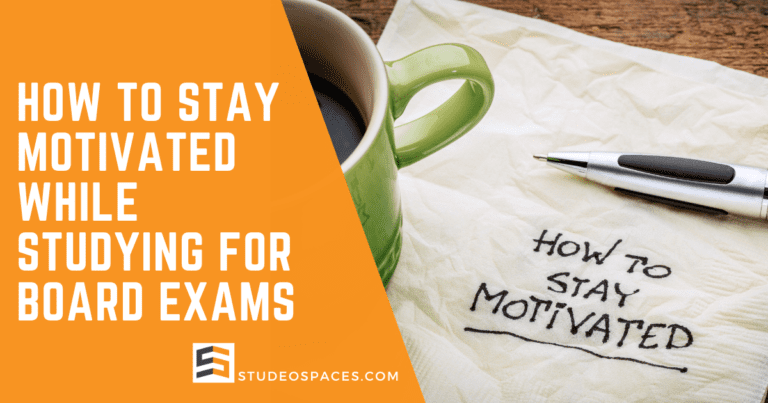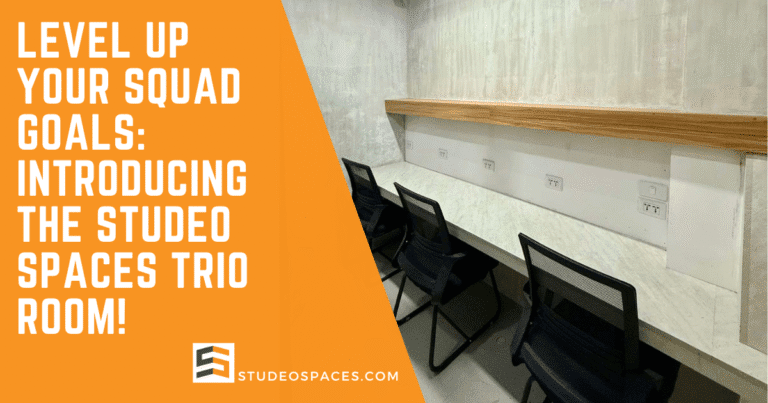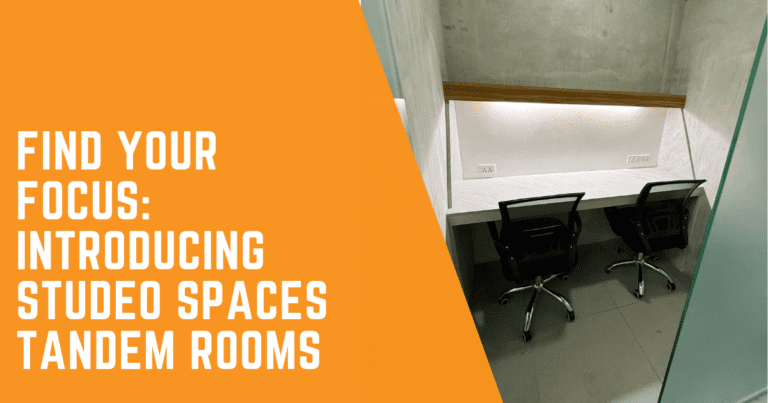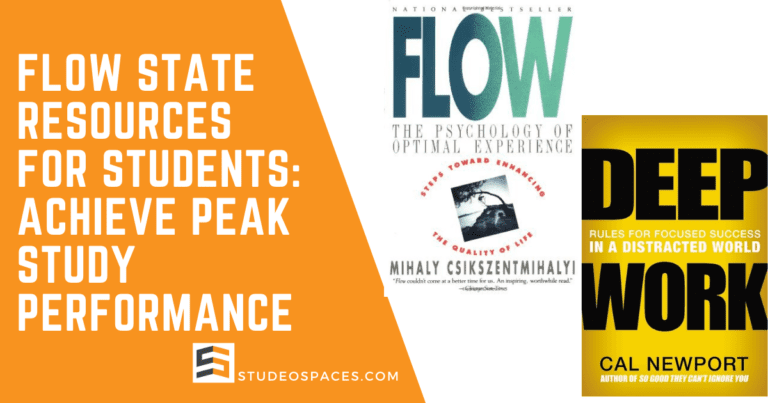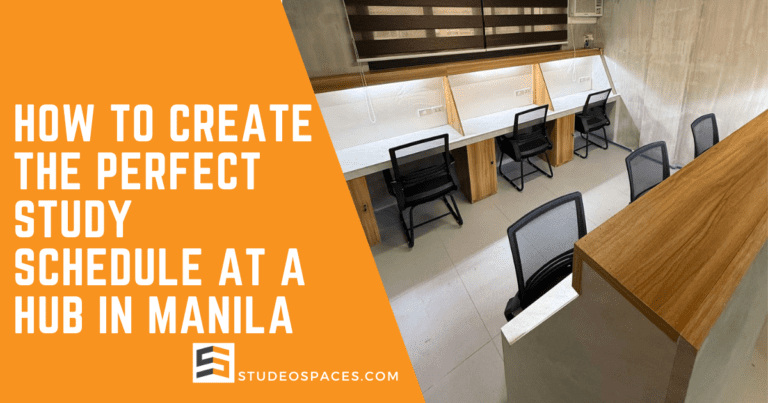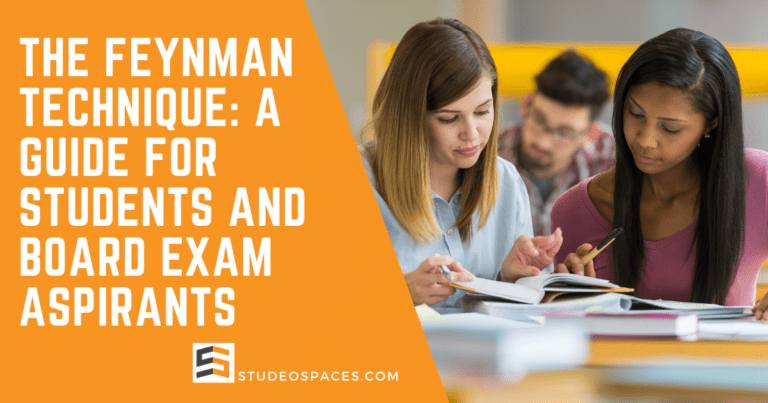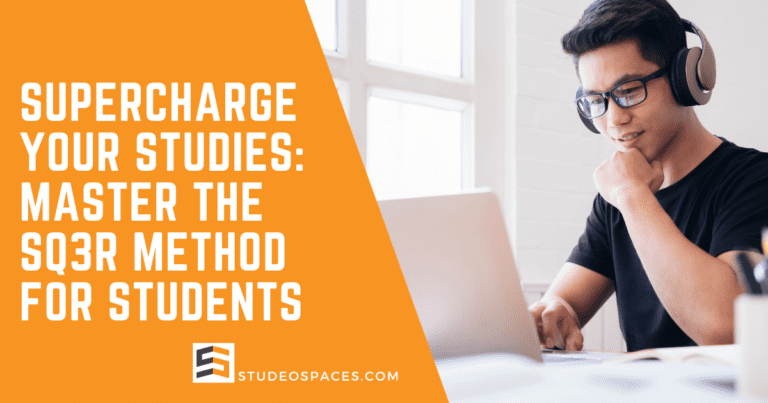
Understanding Active Learning: Learning styles significantly impact academic success, especially in college environments. Students often fall into the common trap of passive learning, where they attend lectures and re-read notes, leading to a superficial grasp of the material. In contrast, active learning engages students through interactive methods that enhance retention and understanding. By adopting active strategies, students—new and returning—can foster deeper comprehension, ultimately transforming their academic performance and knowledge retention.
Active Versus Passive Learning: Key Takeaways
- Passive learning relies on exposure to information without deep engagement, which can lead to a shallow understanding of concepts.
- Active learning involves techniques that promote hands-on interaction and engagement with the material, resulting in better retention and understanding.
- Strategies such as teaching concepts to others or using flashcards (like Anki) are effective active learning methods.
- Research suggests that students who employ active learning strategies tend to perform better academically, even if their study time is similar to that of those using passive methods.
- Utilizing campus resources and certified programs, such as those endorsed by the College Reading and Learning Association, can enhance your learning experience.
What is Passive Learning?
For many students, passive learning becomes a default approach during their academic journey. It involves merely attending lectures, taking notes, and reviewing the material without deeper engagement. This method can lead to a false sense of comprehension, as students feel familiar with the content but lack true understanding and retention.

Definition
The passive learning model is characterized by instructor-centered instruction, where students absorb information primarily through listening and reading without actively engaging with the material.
Characteristics
Below are key characteristics of passive learning. Students often tend to rely on repetitive note-taking and highlighting text, believing this will solidify their knowledge. However, this approach frequently results in only a superficial grasp of concepts. They may fall into the trap of the illusion of knowledge, thinking they are well-prepared when, in fact, they have engaged in minimal critical thinking or application of the material.
A deeper understanding of passive learning reveals its limitations. Students adopting this method often struggle in environments that require quick synthesis and application of information, such as in college. According to data, many students experience decreased performance when they rely on passive strategies, as they fail to internalize and retain important concepts. This highlights the need for students to shift towards more engaging study techniques to support their learning needs effectively.
What is Active Learning?
While passive learning often leads to a superficial grasp of material, active learning engages students through interactive techniques, enhancing their understanding and retention of information. This student-centered approach promotes more profound engagement with course content, enabling students to effectively apply, analyze, and synthesize knowledge.
Definition
Active learning encompasses instructional methods that involve students in the learning process, encouraging them to take an active role in their education. Unlike traditional lectures, this approach motivates students to participate through discussions, problem-solving, and collaborative activities, leading to a more comprehensive grasp of crucial concepts.
Characteristics
Learning in an active environment involves students collaborating with peers, participating in discussions, and applying concepts in real-world contexts. Research indicates that students using active learning techniques often outperform passive methods, as they are more likely to engage deeply with the material. Moreover, this approach instills critical thinking skills and encourages students to take responsibility for their learning journey. By utilizing activities such as teaching concepts to others or employing techniques like spaced repetition, they can profoundly understand the subject matter, enhancing their academic performance significantly.
Active Versus Passive Learning Strategies
Not all study methods yield the same benefits for students. Understanding passive and active learning strategies can enhance the effectiveness of study sessions. While passive methods may provide a false sense of confidence regarding material comprehension, active strategies invite deeper engagement with the content, facilitating better retention and understanding. Many students find they absorb information more effectively when employing active learning techniques.
Active Versus Passive Learning: Comparison of Effectiveness
Research on the effectiveness of passive versus active learning strategies indicates that active approaches generally lead to better outcomes. Below is a comparison of these strategies:
| Passive Learning Strategies | Active Learning Strategies |
| Re-reading notes | Teaching material to peers |
| Highlighting text | Creating flashcards |
| Listening to lectures | Participating in discussions |
Active Versus Passive Learning: Examples of Each Strategy
Strategy examples of passive and active learning highlight the differences in engagement levels. For instance, she might passively read through textbook chapters without interaction, whereas he could engage by summarizing the chapter aloud or creating visual aids. Interactive study methods, such as group discussions or practice quizzes, lead to a more profound understanding of the material, making knowledge not only accessible but applicable as well.
Students also benefit significantly from active learning techniques that encourage collaboration and critical thinking. For instance, they could apply the Anki flashcard method to reinforce knowledge instead of passively reviewing notes. This active engagement solidifies their grasp on complex concepts, transforming study sessions into productive learning experiences important for academic success.
Benefits of Active Learning
Remember that active learning fosters a more profound comprehension of material and allows students to take ownership of their educational journey. By engaging with the content through discussions, teaching, and practical applications, learners can discern the essential concepts more effectively and cultivate critical thinking skills necessary for academic success.
Enhanced Understanding
An engaged student is far more likely to connect new concepts and prior knowledge, leading to a comprehensive understanding of the subject matter. Active learning encourages individuals to question and analyze information, which enhances their ability to articulate ideas clearly and robustly in an academic setting.
Improved Retention
Improved retention of information is a hallmark of active learning strategies. This approach makes learning more engaging and significantly enhances long-term memory storage. Students create strong cognitive links between ideas by employing techniques such as discussing topics with peers or utilizing tools like Anki flashcards, facilitating better information retention. Research suggests that active learning techniques can enhance their retention rates, leading to superior performance in exams compared to their peers who rely solely on passive methods.
Challenges of Active Learning
Your transition from passive to active learning can come with several challenges that students must navigate to achieve effective study habits. While active learning promotes better retention and understanding of material, students often find it difficult to adjust their learning strategies, especially in a demanding college environment where the pace is quicker and information is abundant.
Implementation Barriers
One common barrier students face is implementing active learning strategies in their daily routines. Many students, accustomed to passive techniques like note-taking and re-reading, may underestimate the time and effort required to fully engage in interactive methods such as teaching or using flashcards. This hesitance can hinder their ability to adapt and benefit from active learning.
Student Resistance
Regarding student resistance, many individuals exhibit reluctance to shift from familiar passive learning methods to more engaging active learning approaches. This resistance often stems from a fear of failure or discomfort in stepping outside of their comfort zones, impacting their overall academic performance. Consequently, this hesitation can lead to surface-level understanding of course material, ultimately generating an illusion of knowledge.
Students may feel overwhelmed by a barrage of information, complicating their ability to fully analyze and internalize crucial concepts, resulting in poor retention and performance during exams. Emphasizing the importance of active learning approaches is vital for students to move past these emotional barriers.
Recommendations for Effective Learning
All students at Johns Hopkins University can enhance their learning experience by employing active learning techniques. They should prioritize engagement through interactive methods instead of merely re-reading notes. Incorporating strategies such as group discussions, peer teaching, and concept mapping can help foster more profound understanding and retention of material, leading to improved academic performance.
Strategies for Incorporating Active Learning
With a focus on hands-on learning, students may utilize activities such as teaching peers, summarizing concepts in their own words, or creating visual aids. Employing tools like the Anki flashcard method can transform the way they study, enabling them to actively engage with the content and reinforce their learning through repetition.
Resources and Support
Students are encouraged to take advantage of various campus resources to enhance their active learning journey. Many institutions, including Johns Hopkins University, offer tutoring services, workshops, and study groups that promote collaborative learning. Engaging with these resources can help students bridge the gap between passive and active learning, leading to greater academic success.
In addition, students can benefit from structured programs certified by the College Reading and Learning Association’s International Tutor Training Program Certification (ITTPC). These programs ensure tutors are equipped with effective teaching strategies to foster active learning. By seeking support from qualified resources, students can change their study habits, effectively store information in long-term memory, and enhance their exam performance.
Final Words
Considering all points, it is evident that he or she must recognize the differences between passive and active learning to enhance their academic performance. Transitioning from merely attending lectures and reviewing notes to engaging in interactive strategies can significantly aid in retaining information and fostering a deeper understanding of course material. By adopting active learning techniques, students can improve their long-term memory retention and ultimately achieve better outcomes in their academic pursuits at Johns Hopkins University.
Frequently Asked Questions About Active Versus Passive Learning
What is the main difference between passive and active learning?
The primary difference lies in student engagement. Passive learning is instructor-centered, where students receive and internalize information through re-reading or highlighting. In contrast, active learning is student-centered, requiring learners to engage with the material through interactive methods, facilitating deeper understanding and retention of information.
Why is active learning considered more effective than passive learning?
Active learning promotes deeper engagement with the material, allowing students to apply concepts, ask questions, and self-assess their understanding. This involvement encourages long-term retention and comprehension, contrasting with passive learning methods, which often result in a shallow grasp of the subject matter.
Can you provide examples of active learning strategies?
Some effective active learning strategies include teaching the material to someone, collaborative group work, utilizing flashcards (like Anki), engaging in discussions, and solving practical problems. These methods require the student to actively process and apply the information learned.
What are some passive learning strategies to avoid?
Strategies to avoid include solely attending lectures without further engagement, excessive re-reading of notes, and highlighting large sections of text. These actions can lead to an illusion of understanding without true comprehension of the key concepts.
How can I incorporate active learning in my study routine?
You can incorporate active learning by setting aside time to teach concepts to a peer or a friend, creating practice quizzes for yourself, discussing topics with classmates, and using interactive tools like flashcards or educational games to reinforce what you’ve learned.
Are there campus resources available to support active learning?
Johns Hopkins University offers resources such as tutoring services, study groups, and workshops focused on enhancing learning techniques. Engaging in these resources can provide support as you navigate your academic journey.
Studeo Spaces Quick Links
- Book a Desk / Room
- Location
- Rates
- Features and Amenities
- Business Hours
- Private Rooms
- Latest News
Stay Connected
- Facebook: https://www.facebook.com/StudeoSpaces
- Tiktok: https://www.tiktok.com/@studeospaces
- Youtube: https://www.youtube.com/@StudeoSpaces



